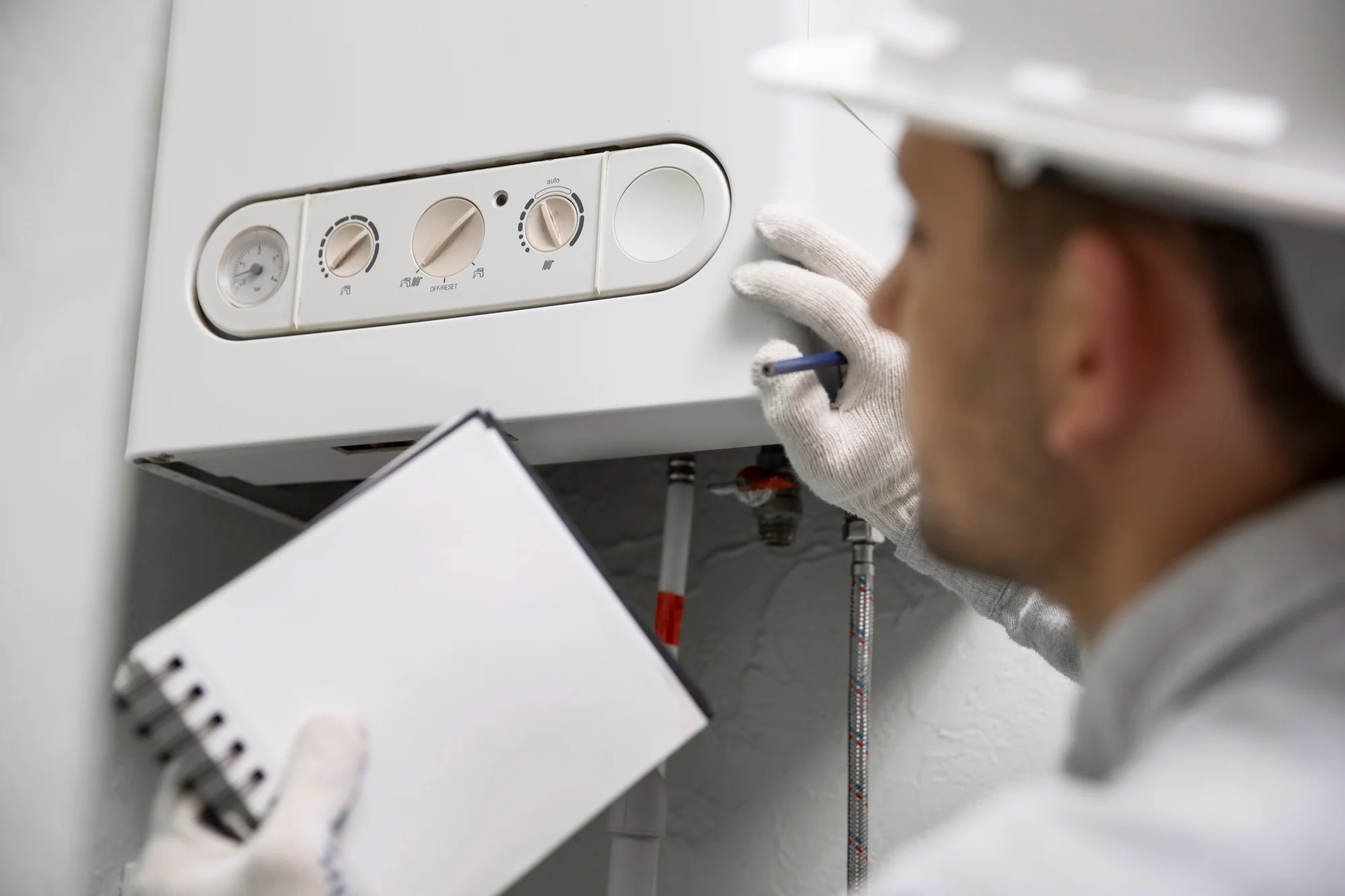How to Remove Adhesive From Wall Without Damaging Paint
In today’s article you will learn how to remove adhesive from wall without damaging paint. We all want our creative ideas to be valued before anyone else does. That’s why we go to extreme measures like buying a wall sticker or decal or covering a wall with a signboard or picture frame. But it results in damaging the wall. are you looking for solid mathod for how to remove strong adhesive from wall? you are at best post. You have a problem with one wall covered with 3M adhesive tape. The adhesive has been there for years, and you have tried to remove it, but it will not disappear, don’t worry following our step-by-step guide you will be able to permanently get rid of unwanted sticky adhesive on your wall. Removing 3M adhesive from walls without damaging paint can be daunting. There are different types of adhesives, and their removal requires other techniques. Learn how to remove double sided foam tape from wall. Are you ready to how to remove strong adhesive from wall covered with tape and glue by using special techniques? This article contains advice on how to get rid of that tenacious glue. So keep reading it to get benefit from it. Tips To Remove Adhesive From Wall Without Damaging Paint Here are beneficial tips to get rid of these adhesives from the wall. These will help you to save your precious time. 1. Use Heat To begin, you might try melting the glue using heat. You may use this to safely peel the adhesive off the wall. To make the glue more permanent, heat the area using a hair dryer or an iron. This will help soften the glue and make removing it easier by rubbing it with a wet rag or sponge. 2. Spray Solvent If you do not remove the adhesive from your wall, spray it with solvent to dissolve the adhesive molecules that hold it together. The solvent will help break down the bond between the two surfaces to remove them quickly. You can also use lacquer thinner or denatured alcohol, but acetone works best because it’s less likely to damage paint if you accidentally get some on it. Use a clean, dry towel or cloth to remove any lingering solvent after spraying. 3. Apply Pressure With a high-pressure water system or sandblasting, you may remove stubborn construction adhesives from rocks, bricks, concrete, and other hard materials. Remember that while water pressure and sandblasting are adequate, they may leave some markings on the surface of the rock, bricks, or other hard materials you’re working with. 4. Use Vinyl Scraper A vinyl scraper is a tool that has been used for many years. It can be used to scrape off the glue from the wall, even if it has been stuck on for a long time. This tool’s biggest feature is that it won’t damage your walls or leave any sticky residue behind after use. It is also straightforward to use and requires no special skills or experience to operate correctly. 5. Use Epoxy Paste Epoxy paste is another method that can be used to remove 3m adhesive from your walls that will not damage them. This type of paste comprises two parts: an adhesive that sticks onto your wall and another that contains a dissolving agent that speeds up the process of removing the glue after application. Conclusion Therefore, it is concluded that it is difficult to remove the adhesives from the wall. It takes a lot of time to scratch them, which will be frustrating. But we have made it easy for you to remove them by providing unique tips. Apply these tips individually, and finally, you will know what technique to use; removing 3M adhesive from a wall should be pretty straightforward. Then you can paint on the wall without worrying about its uneven surfaces. Keep reading it, as it will help you a lot. Frequently Asked Questions How can we get rid of sticker wall residue? When it comes to removing sticker residue off walls, you have a few choices. Use the hair dryer on the coolest setting for the greatest results. A putty knife or razor blade can also remove the residue. It’s also possible to use WD-40 or Goo Gone. How can we remove the glue without damaging the paint? Certain solvents might get rid of the adhesive but leave the paint intact. In terms of accessibility and cost, acetone is frequently used. Solvents like butyl acetate and xylene can also safely remove glue from painted surfaces without ruining the paint.


